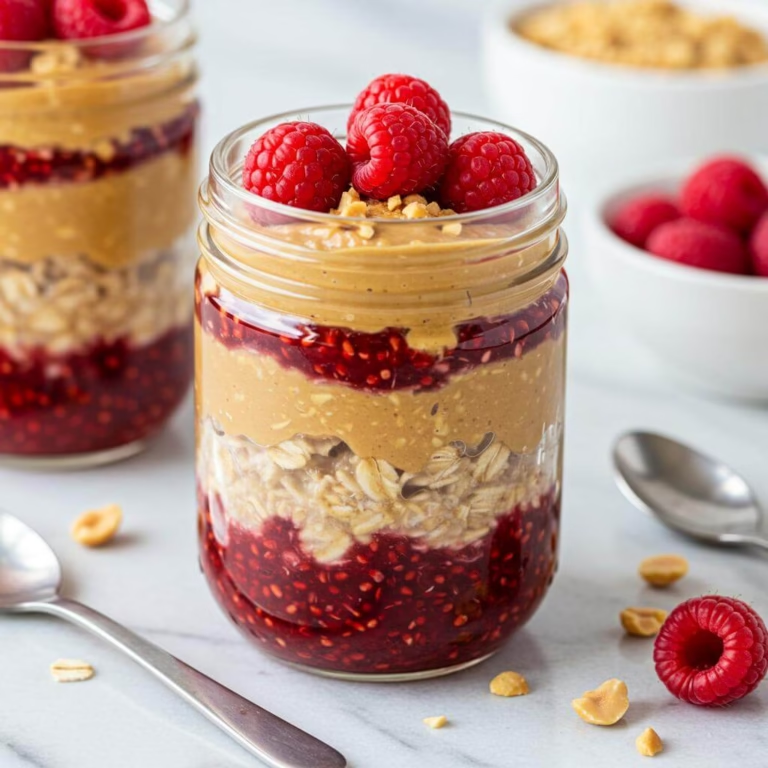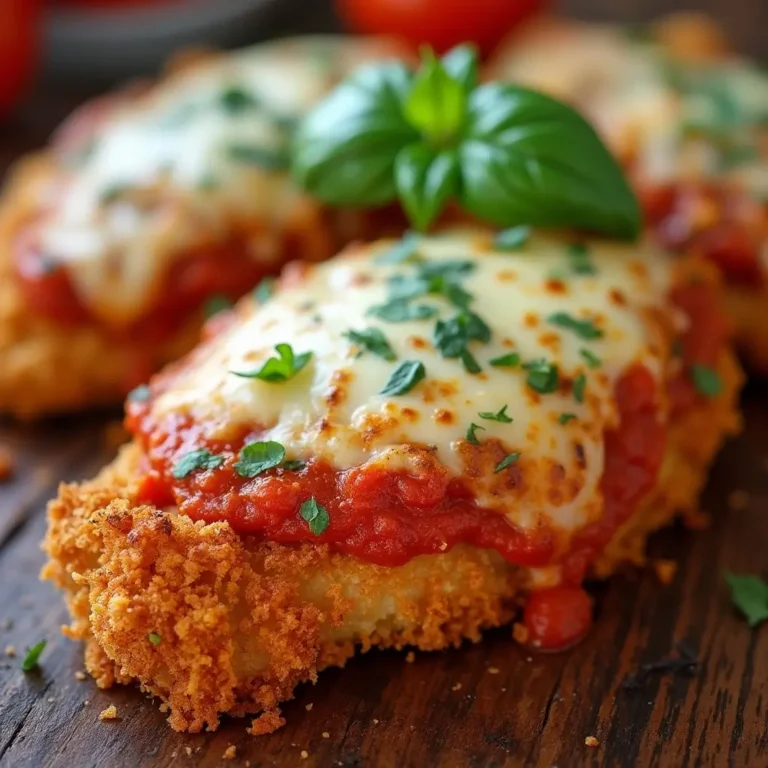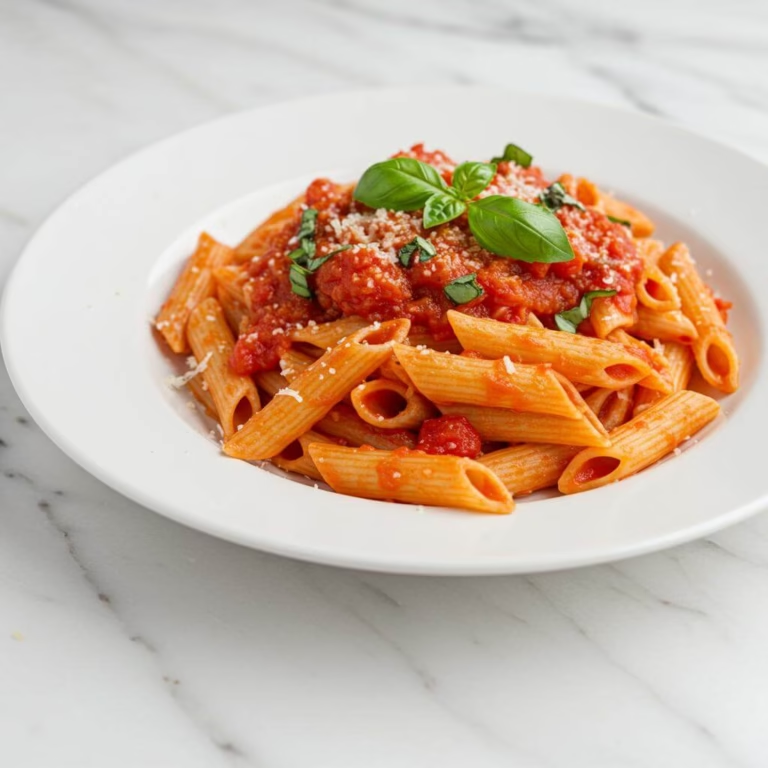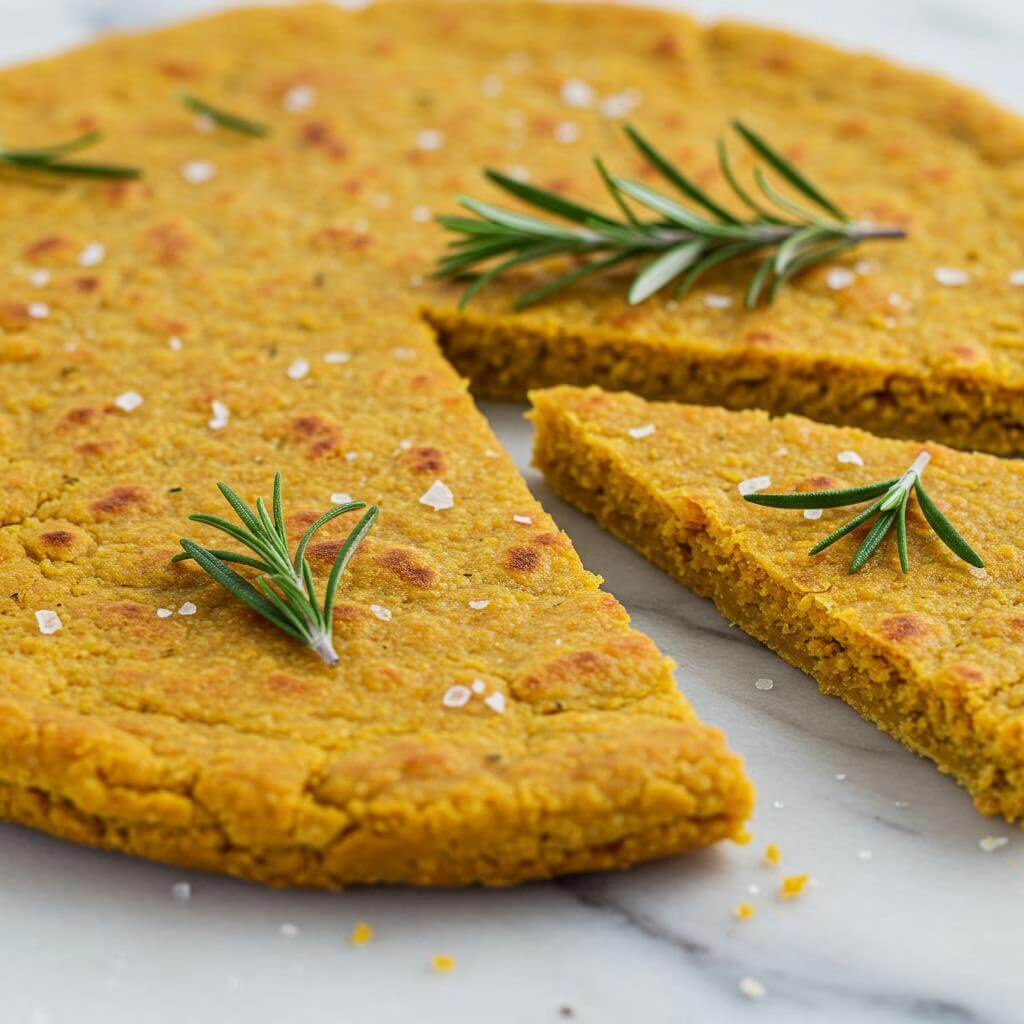
Fainá Recipe: The Only Flatbread Recipe You’ll Ever Need
Welcome to Be Gluten Free, your friendly corner of the internet for delicious and achievable gluten-free living! Today, we’re diving into a recipe that’s bound to become a staple in your kitchen: an incredible fainá recipe. If you’ve been searching for a gluten-free flatbread that’s ridiculously easy to make, packed with a unique, savory flavor, and naturally gluten-free, then you’ve absolutely come to the right place. This isn’t just any flatbread; it’s a wonderfully nutty and peppery delight made primarily from chickpea (garbanzo bean) flour, making it a wholesome and satisfying option for everyone.
One of the things we adore most about this particular fainá recipe is its beautiful simplicity. No complicated gluten-free flour blends or hard-to-find ingredients here! Just wholesome chickpea flour, olive oil, water, and seasonings coming together to create something truly special. It’s a fantastic way to add variety to your gluten-free diet, offering a good source of plant-based protein and fiber. Imagine pulling a golden, crispy-edged fainá from your oven, ready to be enjoyed in minutes. It’s the kind of rewarding cooking experience we cherish here at Be Gluten Free, proving that a simple fainá recipe can lead to impressive results.
But the magic of this fainá recipe doesn’t stop at its ease of preparation. This versatile flatbread shines as an appetizer, perfect for scooping up your favorite dips or simply enjoyed on its own. It’s also a game-changer for pizza nights! Use it as a speedy and delicious base for your toppings – a fun alternative if you’re looking for something different from a traditional crust, much like our popular chickpea pizza crust. And if you’re a fan of exploring different gluten-free breads, you’ll find this fainá a delightful addition, perhaps inspiring you to also try our versatile gluten-free flatbread recipe for another tasty option. It pairs wonderfully alongside hearty main courses; imagine it served with a comforting bowl of gluten-free pasta for a truly satisfying meal. We’re so excited for you to try this amazing fainá recipe and discover how joyful and delicious gluten-free cooking can be!
Why This Fainá Recipe is a Gluten-Free Masterpiece
Prepare to be amazed by the sheer brilliance of this fainá recipe! Often, venturing into gluten-free baking can feel like navigating a complex maze of flour blends, gums, and tricky techniques. But what makes this particular fainá recipe shine is its beautiful simplicity and inherent compatibility with a gluten-free lifestyle. It doesn’t *mimic* gluten; it celebrates the unique properties of its core ingredient, resulting in a naturally delicious outcome that stands entirely on its own merits.
The Garbanzo Flour Advantage: Structure Without Gluten
The true secret weapon in this fainá recipe is garbanzo bean flour (also known as chickpea flour, besan, or gram flour). Unlike many gluten-free flour blends that require added binders like xanthan gum or psyllium husk to compensate for the lack of gluten’s structure, garbanzo flour contains its own built-in structural components. It’s rich in protein and unique starches that hydrate significantly when mixed with water and, crucially, undergo a wonderful transformation when heated. As the batter bakes in the hot oven, these proteins coagulate and the starches gelatinize, creating a cohesive, stable matrix. This process provides the necessary structure to hold the flatbread together, giving you a firm yet tender interior without any reliance on the elastic network that gluten provides.
This means you’re not trying to force another flour to act like wheat; you’re harnessing the natural binding power of the chickpea itself. This makes the fainá recipe incredibly reliable and forgiving, especially for those new to gluten-free cooking.
The Magic of the Hot Pan and Olive Oil
Another critical element that makes this fainá recipe sing is the technique of preheating the olive oil directly in the pan in a scorching hot oven. This isn’t just about preventing sticking; it’s fundamental to achieving the signature crispy exterior that contrasts so beautifully with the tender inside.
When the thin batter hits that extremely hot, oiled surface, it immediately begins to cook and crisp up around the edges. The oil essentially fries the bottom layer, creating that desirable golden-brown crust. The high oven temperature (450°F!) ensures rapid cooking, setting the structure quickly and developing that delightful crispiness across the surface as well. This high-heat method, combined with the specific properties of the garbanzo flour batter, is what elevates this simple mixture into the irresistible fainá flatbread.
Hydration and Patience: The Resting Period
While seemingly minor, the instruction to let the batter rest for at least 30 minutes is key to this fainá recipe’s success. Garbanzo flour needs time to fully hydrate. Allowing the batter to sit lets the flour particles absorb the water completely. This results in a smoother, more uniform batter consistency and prevents the final fainá from being grainy or dense. Proper hydration ensures the starches and proteins are ready to perform their structural duties during baking, contributing to the perfect texture. You can even rest it longer, increasing its tenderness potential – another testament to the forgiving nature of this fantastic fainá recipe.
Flavor Profile: Nutty, Savory, and Versatile
Beyond texture, this fainá recipe delivers on flavor. Garbanzo flour naturally imparts a slightly earthy, nutty taste. The generous amount of olive oil adds richness and its own distinct fruity notes, while the black pepper provides a warm, slightly spicy counterpoint. The optional Parmesan cheese adds a layer of savory depth and umami, though the fainá is traditionally vegan and delicious without it. This robust yet simple flavor profile makes fainá incredibly versatile – perfect on its own, dipped into sauces, or as mentioned, served “pizza a caballo” style! It proves that gluten-free doesn’t mean flavor-free; in fact, dishes like this fainá recipe showcase unique and delightful tastes.
Fitting Seamlessly into a Gluten-Free Lifestyle
This fainá recipe is more than just a tasty alternative; it’s a perfect fit for anyone living gluten-free. It uses readily available ingredients – garbanzo bean flour is easy to find in most supermarkets or specialty stores. The process is quick and requires minimal hands-on time. It offers a substantial, satisfying bread-like experience without any gluten, making it ideal for appetizers, sides, or light meals. It expands your culinary repertoire with an authentic, naturally gluten-free dish that is genuinely enjoyable for everyone, regardless of dietary needs. This fainá recipe isn’t a compromise; it’s a delicious addition to any table.

🎁 33 Gluten-Free Breakfasts
Start every day with a smile and flavor. Get our FREE recipe eBook!
Ingredients for Your Gluten-Free Fainá
Crafting this delicious fainá recipe requires just a few simple ingredients, many of which you likely already have in your pantry. The star of the show is garbanzo bean flour, providing that unique texture and nutty flavor characteristic of authentic fainá flatbread.
- 2 1/2 cups garbanzo bean flour: This is the essential foundation of our fainá recipe. Made from ground chickpeas, garbanzo bean flour is naturally gluten-free and provides structure, protein, and fiber to the flatbread. It creates a dense, slightly crispy texture when baked, unlike traditional wheat flours. You can find quality garbanzo bean flour readily online or in most grocery stores.
- 1 teaspoon kosher salt: Enhances the overall flavor of the flatbread.
- 1/4 cup plus 3 tablespoons olive oil, divided: Olive oil adds richness and helps achieve that desirable crispy edge and tender interior. Using a good quality extra virgin olive oil will impart a wonderful flavor.
- 2 tablespoons Parmesan cheese (optional): Adds a savory depth. Omit this ingredient entirely for a dairy-free and vegan-friendly fainá recipe.
- 1/2 teaspoon freshly ground black pepper, or to taste: Provides a gentle warmth and peppery bite. Feel free to adjust the amount based on your preference. Freshly ground pepper offers the best flavor, so consider using a pepper grinder.
- 2 to 2 1/2 cups water: Used to create the thin batter consistency necessary for this style of flatbread. The exact amount may vary slightly depending on your flour and desired batter thickness.
Nutritional Information & Gluten-Free Benefits
This fainá recipe isn’t just incredibly tasty and easy to make; it also offers some fantastic nutritional benefits, especially for those following a gluten-free diet. One of the key advantages is that fainá is naturally free from gluten, making it a safe and delicious bread alternative.
Based on a serving size estimated to be 1/8th of the flatbread, here’s a glance at the typical nutritional profile:
- Calories: Approximately 222 per serving.
- Total Fat: About 14g (with only around 2g saturated fat), largely from the healthy fats in olive oil.
- Total Carbohydrate: Roughly 17g per serving.
- Dietary Fiber: Around 3g per serving. Garbanzo bean flour is a great source of dietary fiber, which is crucial for digestive health and often less abundant in processed gluten-free products.
- Protein: Approximately 7g per serving. Chickpeas are a good source of plant-based protein, contributing significantly to the protein content of this fainá recipe.
- Sodium: About 204mg per serving (9% Daily Value).
- Calcium: Approximately 28mg per serving (2% Daily Value).
- Iron: Around 1mg per serving (8% Daily Value).
By choosing this fainá recipe, you’re opting for a flatbread that leverages the inherent goodness of chickpeas. It provides a good balance of macronutrients and is a welcome addition to a balanced gluten-free eating plan. It’s a wonderful way to enjoy a bread-like item with more fiber and protein than many conventional gluten-free bread options.
Substitutions, Variations, and Pro Tips
One of the best things about this fainá recipe is its versatility. You can easily adapt it to suit different dietary needs or creative flavor preferences. Here are some ways to customize your fainá flatbread:
Substitutions:
- Dairy-Free/Vegan Fainá: Simply omit the 2 tablespoons of Parmesan cheese. The fainá recipe is inherently delicious and crispy without it, making it naturally vegan.
- Olive Oil Alternatives: While olive oil is traditional and adds great flavor, you can use other high-heat oils like avocado oil or vegetable oil. Note that the flavor profile might change slightly.
- Salt and Pepper: Always feel free to adjust the amount of salt and pepper to match your personal taste. You can also introduce a pinch of cayenne or red pepper flakes for a little heat.
- Garbanzo Bean Flour: For this specific fainá recipe, garbanzo bean flour (or chickpea flour, sometimes labeled as gram flour or besan in international markets) is key to the authentic texture. While other gluten-free flours exist, they will not yield the same result as this traditional fainá flatbread. Stick with chickpea flour for the best fainá experience.
Variations & Tips:
- Flavor Boosters: Enhance the batter by whisking in dried herbs like rosemary or thyme, a pinch of garlic powder, or onion powder for extra savory notes.
- Spice It Up: Add a pinch of cumin, paprika, or a dash of your favorite hot sauce to the batter for a different twist on the classic fainá recipe.
- Serving Suggestions: Beyond serving this fainá alongside or on top of pizza (the famous “pizza a caballo”), it makes an excellent base for gluten-free mini-pizzas! Simply bake the fainá until just set (a few minutes less than the full time), then add your favorite toppings – sauce, cheese, veggies, pepperoni – and return it to the oven until the cheese is melted and bubbly. It’s also perfect for dipping into hummus, baba ghanoush, or your favorite spread.
- Adjusting Thickness: This fainá recipe uses a 12-inch pizza pan for a thin, crispy result. If you prefer a thicker flatbread, use a smaller pan (like a 9 or 10-inch). However, be aware that a thicker fainá will require a longer baking time. Keep an eye on it and bake until it’s golden brown and cooked through.
- Don’t Skip the Rest: The resting time for the batter is crucial! It allows the garbanzo bean flour to fully hydrate, resulting in a smoother batter and a better final texture for your fainá. A minimum of 30 minutes is recommended, but resting it longer, even for several hours or overnight in the refrigerator, can improve the texture even further by allowing flavors to meld and the flour to absorb moisture more completely. Just whisk well before pouring if it has rested for a long time.
- Hot Pan is Key: Preheating the oil in the pan until it’s very hot before adding the batter is essential for achieving those wonderfully crispy edges that make this fainá recipe so appealing.
Experiment with these ideas to make this versatile fainá recipe your own. Enjoy creating this simple yet incredibly satisfying gluten-free flatbread!
Essential Equipment for This Recipe
To prepare this delicious recipe, you’ll need the following kitchen tools:
- Mixing Bowls – A set of sturdy mixing bowls is essential for combining wet and dry ingredients.
Find Mixing Bowls on Amazon - Measuring Cups and Spoons – Accurate measuring is key for baking success!
Find Measuring Cups and Spoons on Amazon - Baking Sheets – For baking cookies, roasting vegetables, and more.
Find Baking Sheets on Amazon - Whisks – Perfect for aerating eggs and batters.
Find Whisks on Amazon - Spatulas – For folding ingredients and scraping bowls clean.
Find Spatulas on Amazon - Food Processors – Great for quickly chopping and pureeing ingredients.
Find Food Processors on Amazon - Saucepans – A kitchen staple for sauces, soups, and more.
Find Saucepans on Amazon - Chef’s Knives – A good chef’s knife is essential for all your chopping needs.
Find Chef’s Knives on Amazon - Cutting Boards – Protect your countertops with a sturdy cutting board.
Find Cutting Boards on Amazon
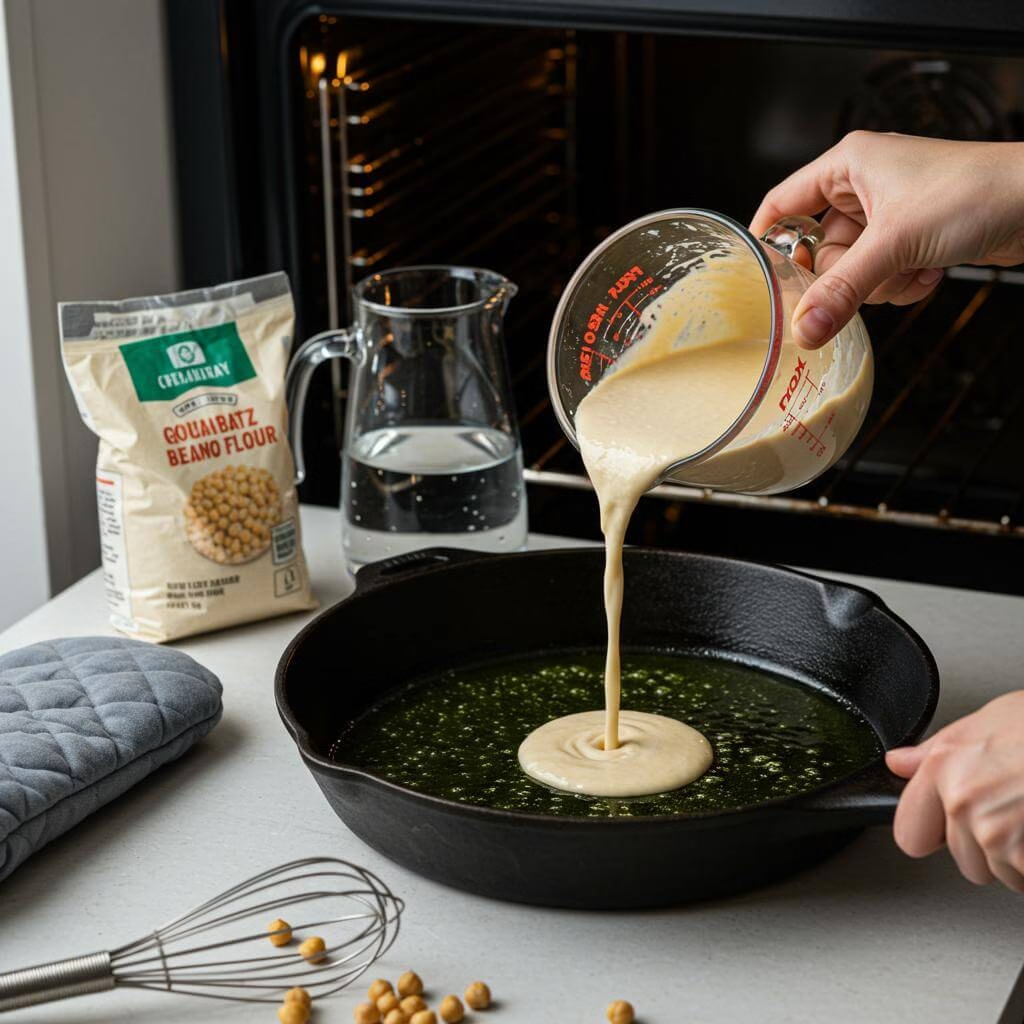
- Gather all of your ingredients. Before you begin making this delicious fainá recipe, take a moment to pull out all the necessary ingredients and equipment. Having everything measured and ready to go ensures a smooth process. You will need garbanzo bean flour (also known as chickpea flour or besan), kosher salt, olive oil, Parmesan cheese (if you are using it in this variation), freshly ground black pepper, and water. Ensure your garbanzo bean flour is fresh. If cross-contamination is a concern for your gluten-free needs, look for flour specifically labeled certified gluten-free. For accurate measurements, especially with the flour, using proper measuring cups is key.
- Combine the dry ingredients and initial wet ingredients. In a medium-sized mixing bowl, add the 2 1/2 cups of garbanzo bean flour and 1 teaspoon of kosher salt. If you are including the Parmesan cheese for extra flavor, whisk that in now as well. Add a generous amount of freshly ground black pepper to taste; you can always add more later if desired. Pour in 3 tablespoons of the olive oil. Use a whisk to thoroughly combine these ingredients, ensuring the salt, cheese, and pepper are evenly distributed throughout the flour.
- Add the initial water and rest the batter. Pour in the first 1 3/4 cups of water into the bowl with the flour mixture. Whisk vigorously until the batter is completely smooth and well blended. Garbanzo flour can sometimes form lumps, so continue whisking until they are gone – a smooth batter is essential for a smooth fainá. Once blended, set the bowl aside at room temperature for at least 30 minutes. This resting period is crucial; it allows the garbanzo flour to fully hydrate and absorb the liquid, which is key to achieving the right texture for your fainá recipe. The batter can actually rest for much longer, even overnight in the refrigerator, if that suits your schedule better. Just bring it back to room temperature before proceeding to the next steps.
- Preheat the oven and heat the pan with oil. While the batter is resting, preheat your oven to a hot 450°F (230°C). This high temperature is important for getting the fainá crispy on the bottom. Once the oven is hot, carefully pour the remaining 1/4 cup of olive oil into a 12-inch pizza pan (or your chosen baking pan; a smaller pan will yield a thicker fainá). Place the pan with the oil into the preheated oven and heat it until the oil is very hot and shimmering, which usually takes about 5-10 minutes. Heating the oil and pan together like this is a critical step for preventing the fainá from sticking and for developing that characteristic crispy base layer.
- Adjust the batter consistency. After the resting period, your batter may have thickened slightly. Gradually stir in the remaining water (up to 2 1/2 cups total water, depending on the flour and humidity) into the batter. You want the batter to be thin enough to pour easily, similar in consistency to a thin pancake or crepe batter. Add the water a little at a time, whisking until you reach the desired pourable consistency. A smooth, pourable batter ensures an even, thin layer of fainá in the hot pan.
- Pour the batter into the hot pan. This step requires caution as the pan and oil will be extremely hot. Carefully remove the hot pizza pan from the oven using oven mitts. Immediately and quickly pour the prepared, thinned batter into the center of the hot pan. The hot oil should cause the batter to sizzle slightly as it spreads out. Tilt the pan gently if needed to help the batter spread into a thin, even layer across the bottom, aiming for about 1/4 inch thickness. Work quickly, as the hot pan will start setting the edges of the batter immediately.
- Bake the fainá. Carefully place the pan with the batter back into the preheated 450°F (230°C) oven. Bake for 8 to 10 minutes. Keep an eye on it; the fainá should become golden brown around the edges and appear set and slightly crispy in the center. The surface should look dry and perhaps have a few small bubbles or cracks. The exact time may vary slightly depending on your oven and the thickness of the fainá.
- Remove from the oven. Once baked to a beautiful golden crisp, carefully remove the hot pan from the oven using oven mitts. Place it on a heatproof surface or wire rack. The fainá will be very hot.
- Cut and serve your delicious fainá. Allow the fainá to rest in the pan for just a minute or two before cutting. Use a sharp knife or a pizza cutter to slice the fainá into wedges or squares directly in the pan. This garbanzo flatbread is best enjoyed hot, right out of the oven, while it’s still wonderfully crispy on the bottom and tender within. Serve this versatile fainá recipe as an appetizer, alongside dips like hummus or chimichurri, or even as a unique gluten-free crust for pizza toppings.
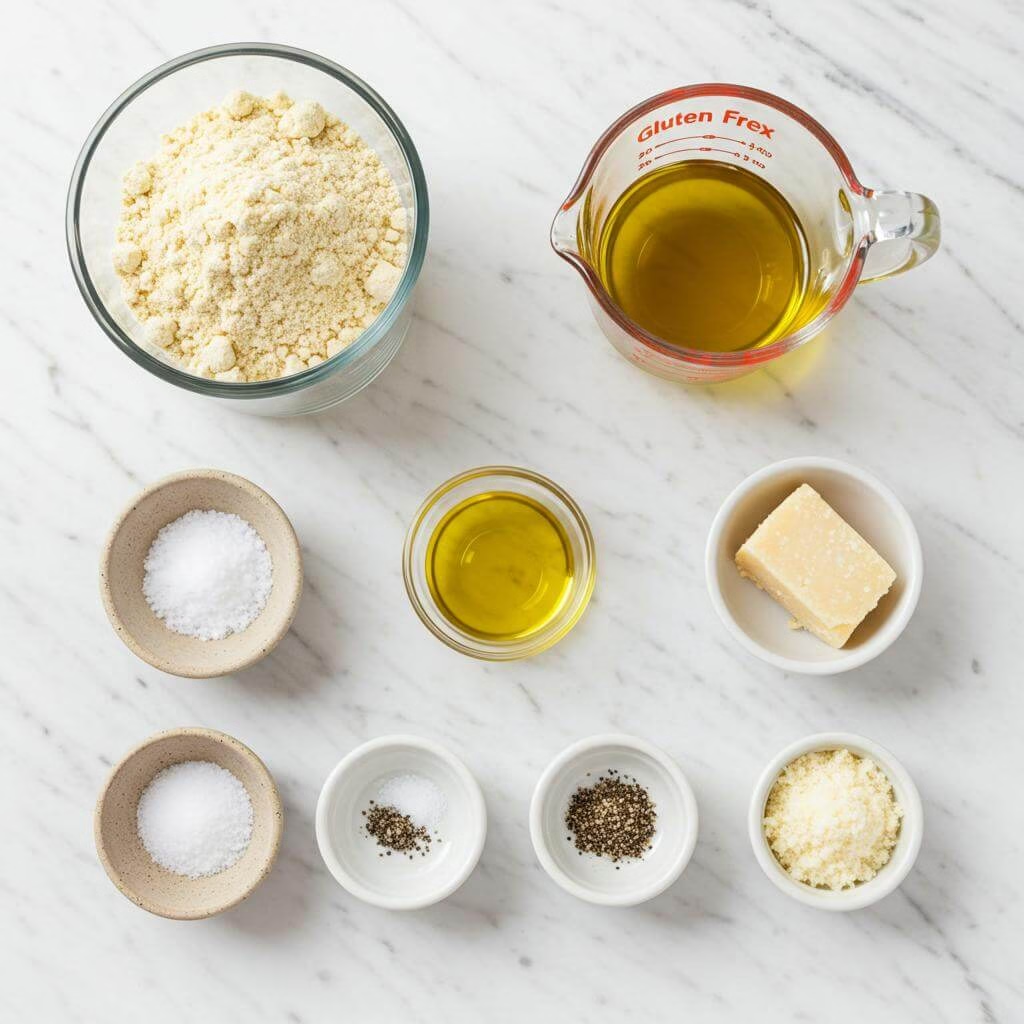
Tips for Perfect Results with Your Fainá Recipe
Making delicious, crispy fainá is surprisingly simple, especially since it’s naturally gluten-free! However, like any recipe, a few key techniques can elevate your results from good to absolutely amazing. Here are our top tips for mastering this wonderful fainá recipe:
- Measure Your Chickpea Flour Accurately: While it’s tempting to scoop, weighing chickpea flour is always the best way to ensure consistency. If you must use cups, lightly spoon the flour into the measuring cup and level it off without packing. Too much flour can result in a dense, dry fainá recipe.
- Don’t Skimp on the Resting Time: The 30-minute rest is crucial! Garbanzo bean flour takes time to fully absorb liquid. Resting allows the flour to hydrate properly, resulting in a smoother batter and a less grainy texture in your finished fainá. Don’t rush this step; a longer rest (even overnight in the fridge) can yield an even better result for your fainá recipe.
- Achieve the Right Batter Consistency: After resting, the batter might be thick. Gradually whisk in the remaining water until it’s the consistency of thin pancake batter or heavy cream – easily pourable but not watery. This ensures a thin, even layer that bakes up crispy, which is key to a great fainá recipe.
- Heating the Pan is Non-Negotiable: This is perhaps the single most important step for a crispy bottom crust on your fainá. The hot pan, combined with the hot oil already in it, creates an instant sizzle and cooks the bottom layer immediately as the batter is poured. Skipping this step will result in a softer, less authentic fainá.
- Get the Oil Hot, But Not Smoking: The initial oil added to the pan needs to heat up in the hot oven. You want it shimmering and hot enough to sizzle the batter upon contact, but not so hot that it’s smoking heavily and burning. This hot oil distribution also helps prevent sticking and creates those lovely crispy edges characteristic of a traditional fainá recipe.
- Pour the Batter Immediately and Evenly: Once the pan and oil are hot, work quickly and carefully! Remove the pan from the oven (use oven mitts!), swirl the hot oil to coat the bottom and sides, and immediately pour the batter into the center. The batter should spread naturally into a thin layer. If it needs a little help, gently tilt the pan. Get it back into the hot oven right away.
- Bake Until Golden and Edges are Crispy: Keep an eye on your bainá recipe as it bakes. It should be a deep golden color, especially around the edges, which will pull away slightly from the pan and look crispy. The center should be set. Baking time can vary based on pan size (for thicker fainá) and oven calibration, so use the time as a guideline but look for visual cues.
- Serve Your Fainá Hot: Fainá is best enjoyed immediately after baking when it’s still warm and its texture is at its peak – crispy on the outside and tender inside. While leftovers can be reheated, the initial serving offers the most authentic experience of this simple fainá recipe.
Common Mistakes to Avoid When Making Fainá Gluten-Free
Even with a simple fainá recipe, there are a couple of common missteps that can negatively impact your gluten-free result. Steer clear of these:
- Not Resting the Batter Long Enough: As mentioned in the tips, rushing the rest means the chickpea flour hasn’t fully absorbed the water. This leaves tiny dry flour particles suspended in the batter, which can lead to a slightly gritty or even gummy texture in the baked fainá instead of the desired smooth interior.
- Pouring Batter into a Cold (or Warm) Pan: Trying to bake thisainá recipe without preheating the pan and oil first is guaranteed to give you a disappointing result. The batter will just sit there, potentially sticking, and you won’t get that crucial instant crisping on the bottom. You’ll end up with a uniformly soft or even soggy flatbread instead of one with distinct crispy and tender layers.
- Using Too Little or Too Much Water (Especially After Resting): The initial water measurement gives the flour a base hydration, but the final adjustment is key. Adding too little water after resting makes a batter that’s too thick and won’t spread evenly, resulting in a dense, uneven fainá. Adding too much can make the batter too thin, potentially leading to a brittle or difficult-to-handle flatbread.
Frequently Asked Questions
What exactly is fainá, and why is it a good gluten-free option?
Fainá is a delicious flatbread traditionally made with garbanzo bean (chickpea) flour, water, olive oil, and seasonings. It originated in Italy (where it’s called farinata) and became very popular in countries like Argentina and Uruguay. Because its primary ingredient is chickpea flour, it’s naturally gluten-free, making it a fantastic and flavorful alternative to traditional wheat-based breads and flatbreads. It’s not only free from gluten but also offers plant-based protein and fiber from the chickpeas, adding great nutritional value to your gluten-free diet.
Can I use a different type of gluten-free flour instead of garbanzo bean flour in this fainá recipe?
For an authentic fainá recipe with the characteristic texture and flavor, garbanzo bean flour (also known as chickpea flour, gram flour, or besan) is essential. Other gluten-free flours won’t behave the same way or give you the traditional result. So, while you can experiment with other flours for different types of flatbreads, stick with garbanzo bean flour specifically for this fainá recipe to get it right!
You mentioned resting the batter for this fainá recipe. Why is that important?
Yes, resting the batter is a crucial step! Garbanzo bean flour needs time to fully absorb the water and hydrate properly. Letting the batter rest for at least 30 minutes (or even longer, like overnight in the fridge) allows this hydration to happen. It results in a smoother batter that’s essential for making a smooth, well-textured fainá and helps prevent a grainy texture in the final flatbread.
Is it really necessary to preheat the pan and oil in the oven before pouring the batter?
Absolutely! Preheating the pan with the olive oil until it’s very hot is key to achieving those wonderful crispy edges and a golden, slightly crunchy base that is characteristic of a great fainá recipe. It helps prevent the batter from sticking to the pan and gives the flatbread that desired crispiness right from the start of baking.
The recipe includes Parmesan cheese. Can I make this fainá recipe dairy-free or vegan?
Yes, easily! The Parmesan cheese is listed as optional in this fainá recipe. If you follow a dairy-free or vegan diet, simply omit the 2 tablespoons of Parmesan cheese entirely. The fainá will still be incredibly delicious and crispy using just the garbanzo bean flour, water, olive oil, salt, and pepper.
How should I serve my homemade fainá? Any serving suggestions?
Fainá is incredibly versatile! While traditionally enjoyed alongside or even on top of pizza (known as “pizza a caballo” in South America!), it’s also fantastic on its own as an appetizer. You can cut it into wedges or squares and serve it with your favorite dips like hummus or chimichurri. It also makes a wonderful quick gluten-free base for mini-pizzas – bake the fainá most of the way, add your toppings, and return to the oven to melt the cheese. It pairs well with hearty meals too!
Does the size of the pan matter in this fainá recipe?
Yes, the pan size affects the thickness and baking time of your fainá. This fainá recipe is designed for a 12-inch pizza pan, which yields a thinner, crispier flatbread (about 1/4 inch thick). If you use a smaller pan (like 9 or 10 inches), your fainá will be thicker. Keep in mind that a thicker fainá will need a longer baking time to ensure it’s cooked through and golden.

